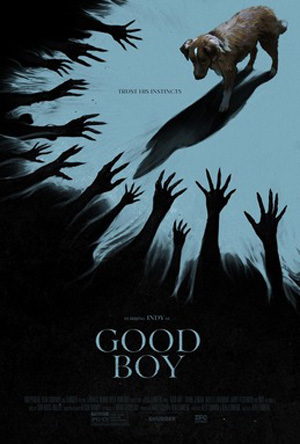Original post written by 2cross2affliction
 The Bad Guys 2, directed by Pierre Perifel, is the latest theatrical release from DreamWorks Animation, and is the sequel to 2022’s The Bad Guys, which has gone on to become very popular with furries. The titular “Bad Guys” are a gang of “scary” animal ex-thieves featuring Mr. Wolf (voiced by Sam Rockwell), Mr. Snake (voiced by Marc Maron), Miss Tarantula a.k.a. “Webs” (voiced by Awkwafina), Mr. Shark (voiced by Craig Robinson) and Mr. Piranha (voiced by Anthony Ramos), plus Diane Foxington (voiced by Zazie Beetz), the current fox governor of the state of California and also secretly an ex-thief known as the “Crimson Paw”, who, unlike the Bad Guys, was never caught. Having given up their lives of crime last movie, this movie begins with the Bad Guys living the trials and tribulations of ex-cons.
The Bad Guys 2, directed by Pierre Perifel, is the latest theatrical release from DreamWorks Animation, and is the sequel to 2022’s The Bad Guys, which has gone on to become very popular with furries. The titular “Bad Guys” are a gang of “scary” animal ex-thieves featuring Mr. Wolf (voiced by Sam Rockwell), Mr. Snake (voiced by Marc Maron), Miss Tarantula a.k.a. “Webs” (voiced by Awkwafina), Mr. Shark (voiced by Craig Robinson) and Mr. Piranha (voiced by Anthony Ramos), plus Diane Foxington (voiced by Zazie Beetz), the current fox governor of the state of California and also secretly an ex-thief known as the “Crimson Paw”, who, unlike the Bad Guys, was never caught. Having given up their lives of crime last movie, this movie begins with the Bad Guys living the trials and tribulations of ex-cons.
The movie is already available for digital purchase, despite the movie only being out a little over two weeks. However, DreamWorks Animation has been playing Moneyball recently, spending about half as much as most of the other major studios on their theatrical releases, so they’ve already made back most of their money domestically, and are in the black (more or less) counting international grosses. It’s not a big hit, but it is a “base” hit, and that’s what DreamWorks is aiming for. DreamWorks Animation has never gotten past the billion mark (Shrek 2, way back in 2004, was the closest), and the company seems to have accepted this fact. If anything, when they make a “big swing” anymore, it’s an Oscar play rather than box office, like last year’s The Wild Robot, which ultimately did not win (once again, Shrek is DreamWorks’s only Best Animated Feature, despite being the second most nominated studio in the category).
But the point of bringing up this “inside baseball” bit about box office is that this has already been earmarked as a DreamWorks franchise. Ironically, they were bumped by The Wild Robot in the studio’s logo sequence this year, but that seems to be more about DreamWorks wanting to avoid having them appear in front of their own movie than lack of confidence. I’m very confident there will be a The Bad Guys 3, and am looking forward to it, because both movies have been a lot of fun.















 HD Link:
HD Link: 





